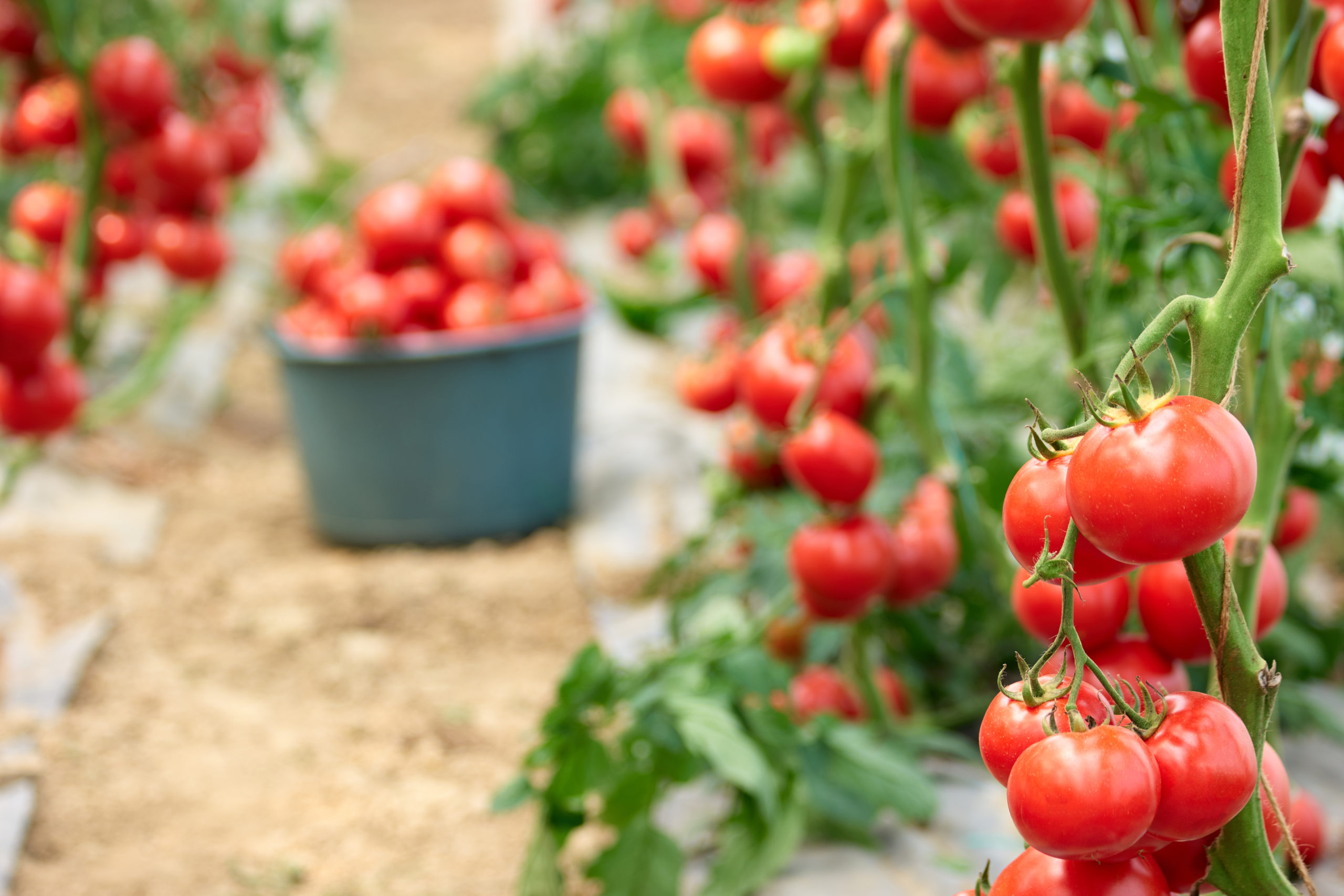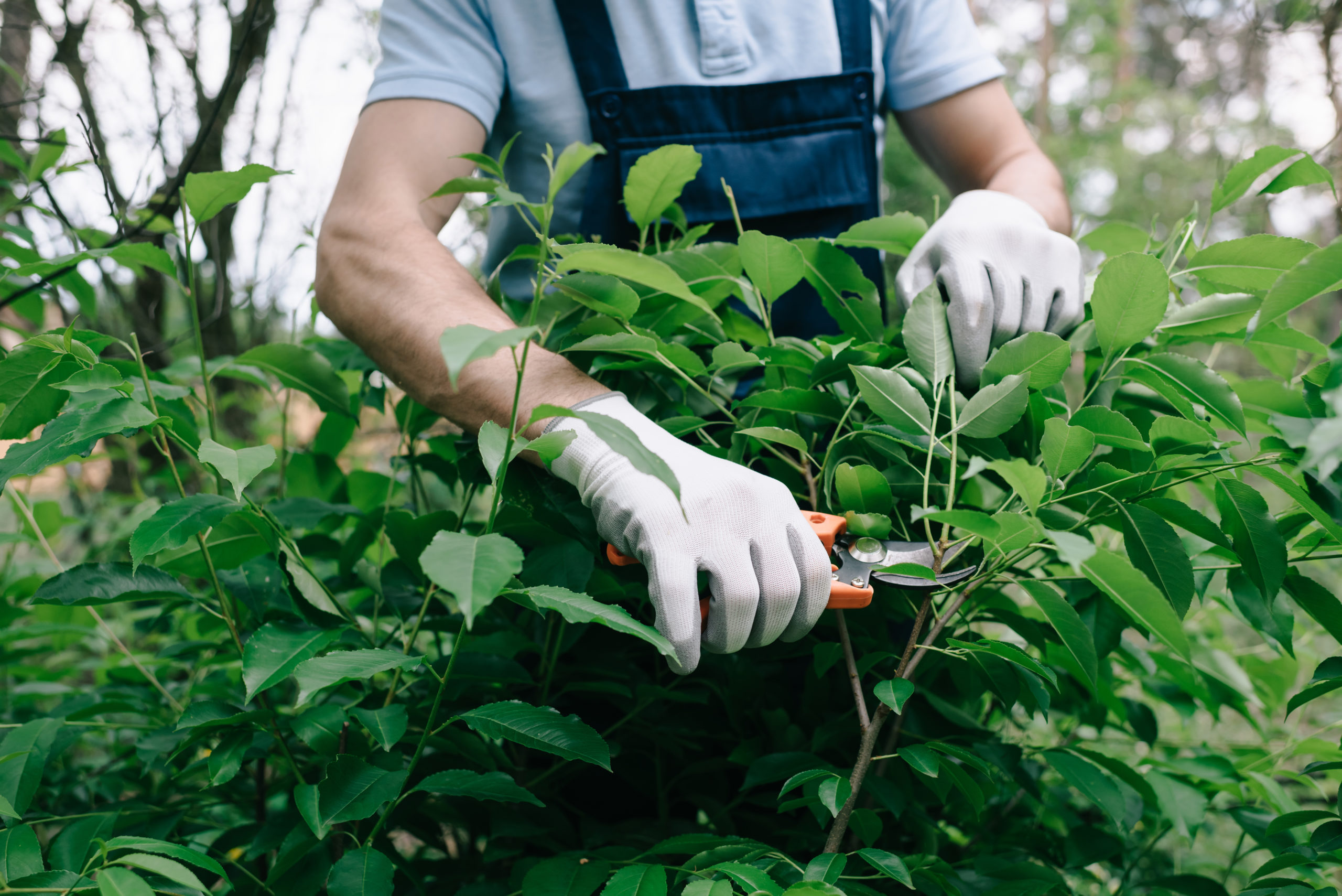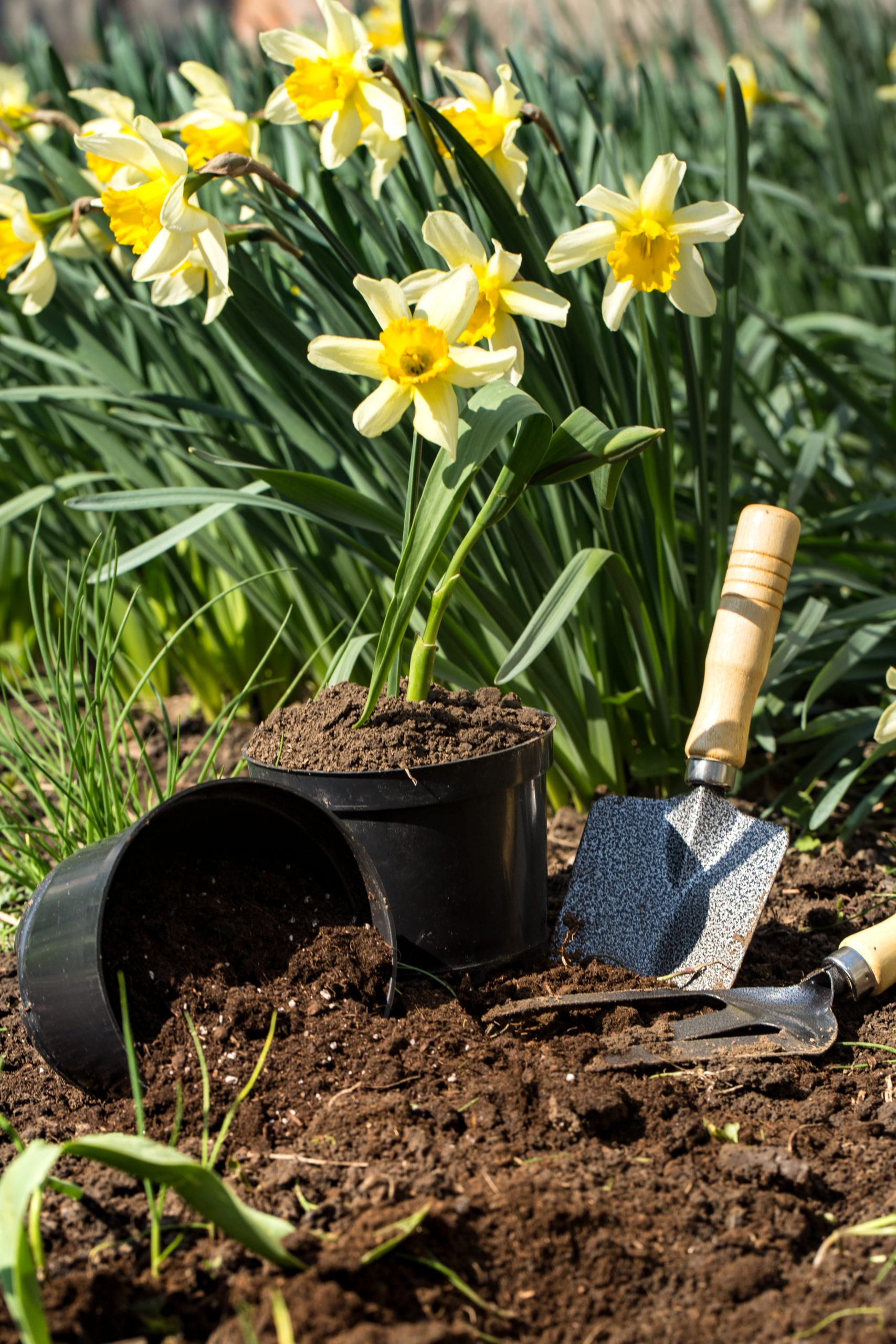
A 79-year-old grandfather died after contracting Legionnaires’ disease in September 2021. He was exposed to legionella bacteria while opening a bag of potting soil to help his wife repot tomato plants. He began experiencing symptoms a week later and was admitted to the hospital, where his condition rapidly deteriorated. He was placed into a medically induced coma and passed away shortly thereafter. The ingredients and dampness of potting soil increase the risk of exposure to legionella bacteria. To read more about the link between gardening and Legionnaires’ disease, as well as tips on how to protect yourself, see our previous…

